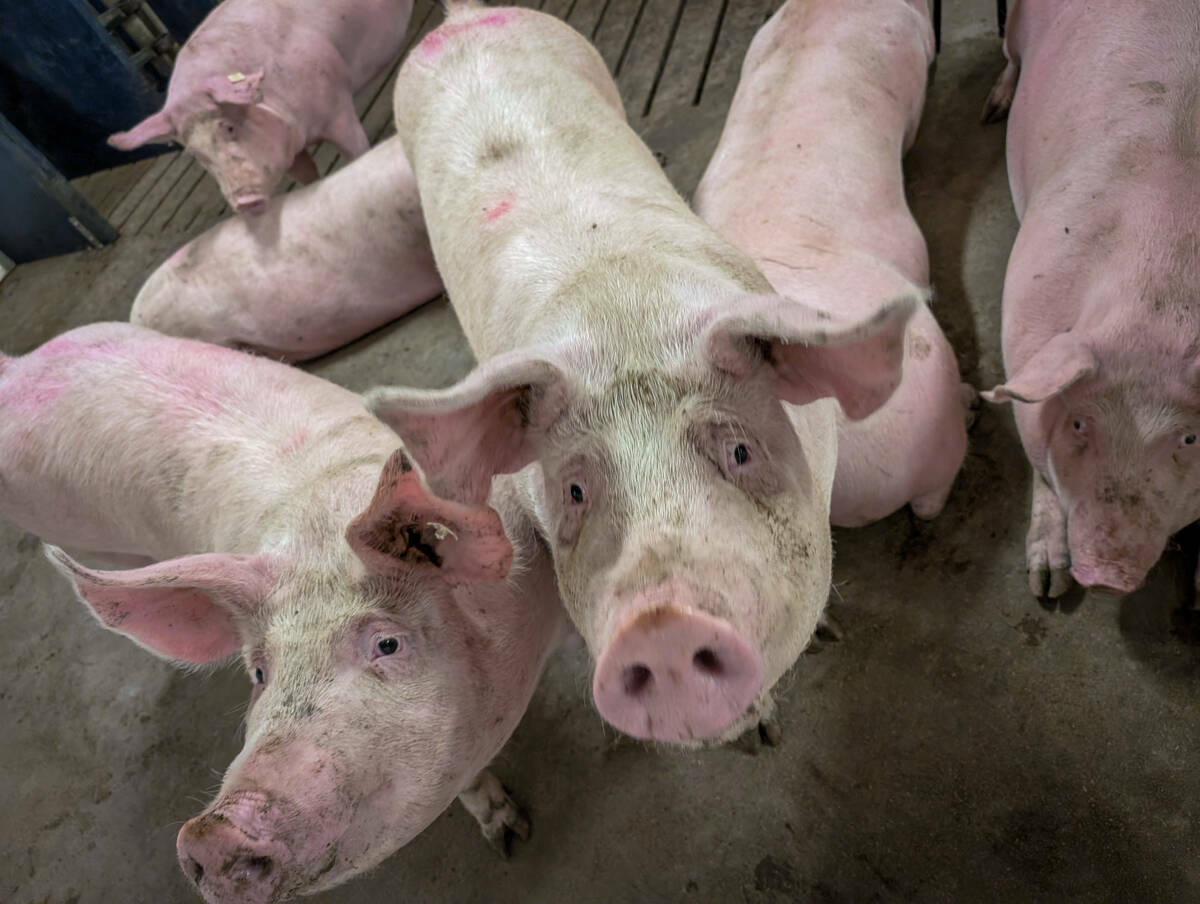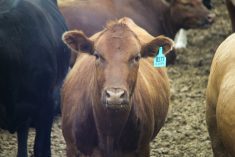Feeding cattle through last year’s drought was tough enough — but for some producers, its impact on the health of their cattle isn’t over.
“The biggest challenge for producers through the drought was finding good-quality feed for a feasible price. A lot of low-quality fibre like straw was fed,” said Courtney O’Keefe, ruminant nutritionist at Blue Rock Animal Nutrition.
“A lot of guys were feeding unusual diets — pulling together what they could — and the cattle weren’t getting enough out of those lower-quality feeds if they weren’t being additionally supplemented. A lot of times, those cattle would be fairly deficient in quite a few nutrients.
Read Also

Ottawa pauses update on food from cloned livestock
Health Canada has indefinitely suspended a proposed update to the novel food policy governing foods derived from cloned cattle and swine, as well as their progeny.
“I’d say a lot of guys were able to get their herds through the season, but they could see future issues in those animals.”
For most producers last year, their feeding problems were twofold. The first was the sheer lack of availability for certain cattle feeds or ingredients, which resulted in rations deficient in certain nutrients.
“The biggest challenge from this last winter was feed availability — trying to find the cheapest ration possible that still meets the cattle’s needs,” said Janelle Smith, ruminant nutritionist at the Coaldale Veterinary Clinic. “For my clients, that’s been the biggest challenge. They still want to meet their cattle’s needs, but they may be using some unusual feeds that have required a bit more attention to balance the minerals.”
But droughts can also impact feed quality, and that’s what many producers found last year.

“In a drought situation similar to what we had last summer with such extreme heat, the heads of the crop won’t fill, so you might have a little lower energy content in your silage than you would normally have,” said Smith.
“On the pasture side, native pasture is a little bit more adapted to the drought situations we have here. But tame pasture will just simply mature and lose quality faster than it normally would in a good year. So for cattle on pasture, there could be the potential for deficiencies following a drought.
“But if you’re not testing your feeds, there’s no way to know what you have for sure.”
Producers may notice that their animals are leaner this year than they have been in previous years as a result of these nutrient deficiencies.
“If producers weren’t adequately supplementing with protein or energy, the biggest thing you’ll see suffer is the body condition score of those animals,” said O’Keefe, adding that body condition score can also affect the animal’s ability to be bred back.
“The biggest thing I’ve seen in herds across the province is that cows are definitely a little leaner than they have been in previous years.”
Getting feed tests
“Especially with minerals, you sometimes won’t actually see any issues until it’s clinically presenting itself when you have cows go down due to, say, calcium deficiency,” said O’Keefe. “Sometimes it’s hard to see just by physically looking at them, so that’s why I recommend testing your feed and seeing what you have.”
Generally, vitamins A, D, and E will be low following a drought, while the most common trace minerals that cattle are at risk of deficiency are selenium, copper, zinc, iodine, cobalt, and manganese. Deficiencies can present in many different ways, but typically, producers will see lower-than-average weight gain, poorer immunity, a higher pull rate, lower-than-average pregnancy rates, delayed puberty in heifers, and a decreased ability to be bred back.
“If you are trying to cut costs in some way and minerals are what you choose to cut out of your rations, you run the risk down the line that that could lead to lower-than-average pregnancy rates, immunity, and gain on your calves,” said Smith.
Any vitamins or minerals that are low will need to be supplemented, particularly for bred heifers, said O’Keefe.
“The thing to remember with bred heifers in comparison to mature cows is that they’re still growing themselves while also growing a calf. So their demands are higher in comparison to that mature cow,” she said.
“You want to have longevity in that heifer and make sure she stays with the herd. She already has enough working against her, so if you can, that’s a group of animals that I would focus on making sure you’re meeting their requirements.”
Beyond the poorer health and lower performance producers can expect to see, these deficiencies could also impact cow retention in the herd as well.
“If they’re short now and it’s affecting their body condition score, or if they’re deficient in certain nutrients and it affects their ability to be bred back, they probably wouldn’t be staying in the herd,” said O’Keefe.
That’s also why it’s so important to have the feed tested, she added.
“That’s going to give you information on exactly what you have and whether you’re deficient in anything,” said O’Keefe.
“That way, you can balance those rations so that you’re not over- or underfeeding nutrients. More isn’t necessarily better — extra protein can cause an increase in energy loss. So you want to optimize what you have.
“Even on a good year but especially in a drought, farmers should utilize a nutritionist and a veterinarian to make sure you’re meeting those requirements before you run into a problem.”















